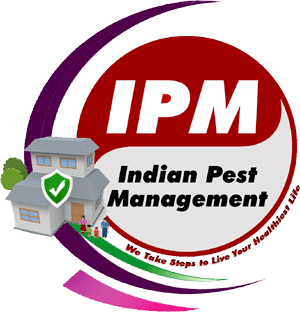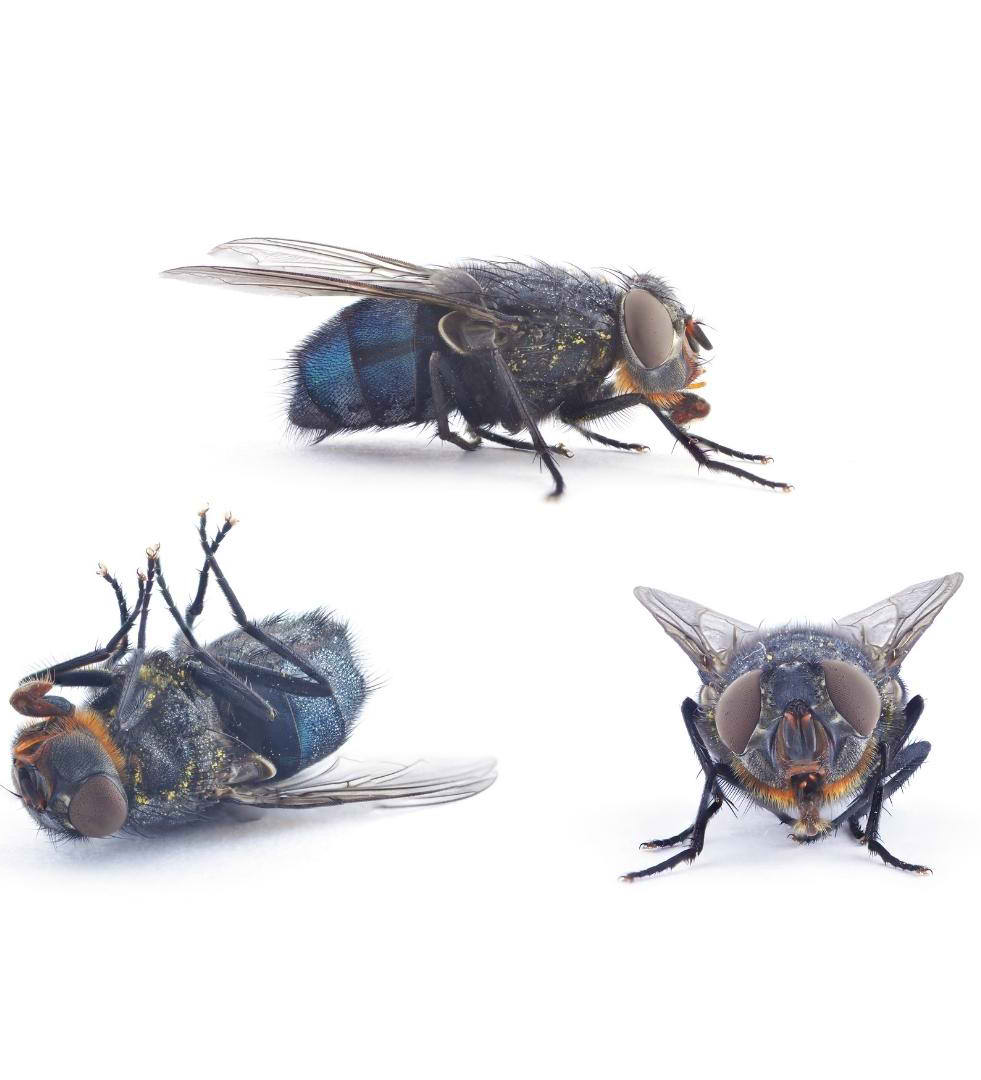Service
Flies Control
#1 Fly treatment Service
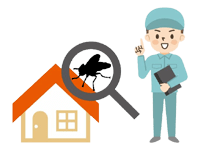
FLY inspection
Our professional team will check your property. Our specialist will determine the type of fly infesting your property, what caused it and other variables.
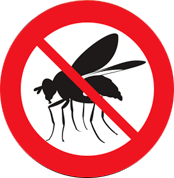
FLY MANAGEMENT TREATMENT
Our highly trained staff is here to assist you in finding the most efficient and effective fly control solutions that are specifically designed to meet your needs.
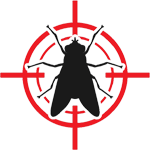
FLY Ongoing Prevention
Our devoted customer service team will handle your inquiries and concerns, as well as our Grievance Redressal Policy, Service Warranty.
10% OFF
Get 10% Off Your First Appointment
One Time Offer! Grasp 10% Discount With First Time Booking And Avail 20% Off On Your Second Order
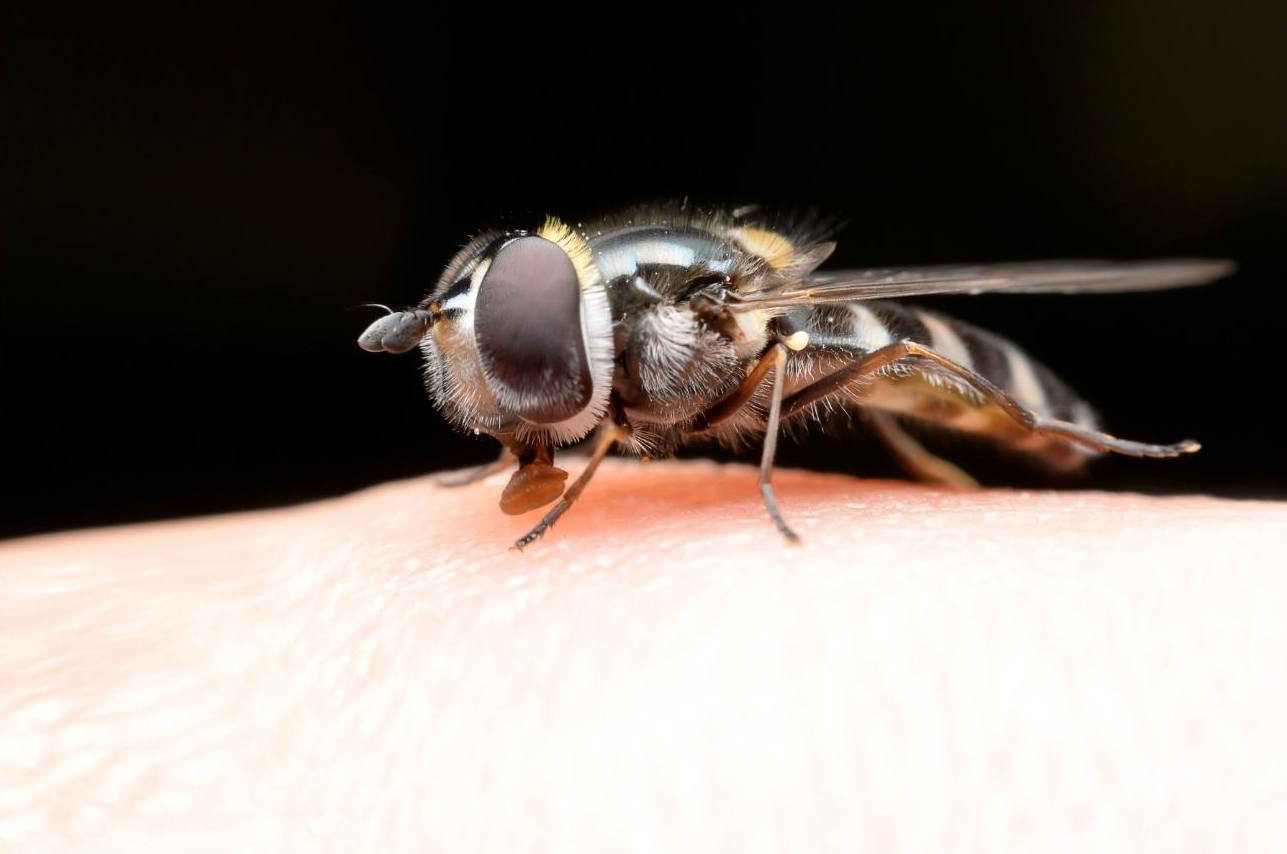
Services
FILTH FLY – Flies Control
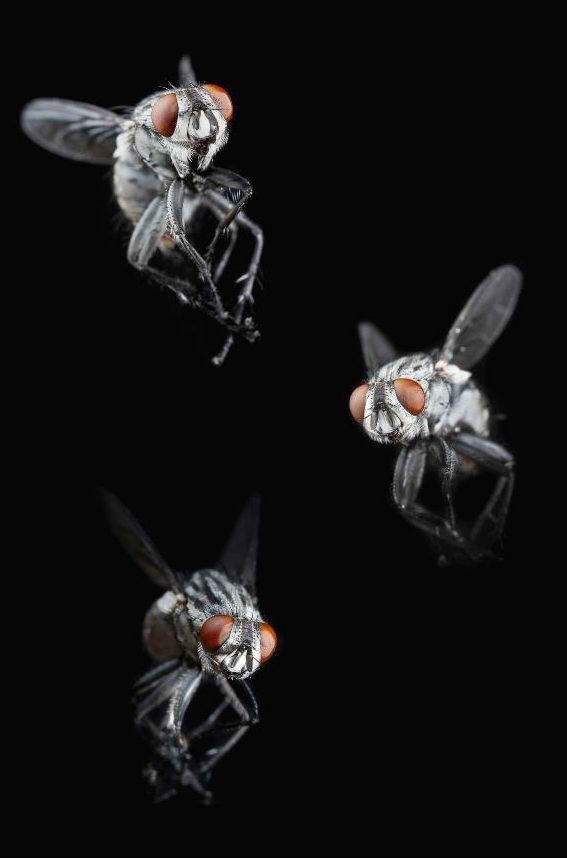
What are the numerous varieties of filth flies that you might encounter?
There are primarily two varieties of filth flies, tiny and giant filth flies, depending on their appearance and feeding preferences. House flies, blowflies, and flesh flies are all huge, soft-bodied insects with enormous eyes that feed on dung, carrion, and rubbish. They are also excellent flyers. Drain flies, fruit flies, and phorid flies are smaller species that are found in drain sludge, organic detritus, and decaying plant materials. They are smaller in size and have more delicate bodies and legs.
Some More Facts
Flies are a nuisance to people around the world wherever livestock is kept or garbage accumulates. The common house fly Musca Domestica, is by far the most common fly in and around houses, in villages and in urban areas with insufficient sanitation. It, together with other filth flies, is of public health importance, because it transmits disease-causing organisms. Our Integrated Fly Management system covers the chemical-barrier treatment, which can be carried out in building surroundings, garbage bins, gardens, manholes, drains, etc. The filthy habits of each fly in this category make them easy vectors of diseases.
Here are a few common fly warning indicators
An unpleasant fly or two in your house usually isn’t reason for panic. But if you are constantly observing big quantities of flies flying around your home, or have observed numerous dead ones inside, you could have a fly problem.
Learn how to recognise the indications of an infestation by checking the locations that houseflies love: light and water. Look for colonies of houseflies in locations such as light fixtures, gutters, mulch piles and waste bins. They also appreciate food sources, especially ones that are decaying.
You could notice concentrations of feeding flies in locations where food is stored out in the open, such as fruit dishes or spills in a pantry. If you observe multiple flies in regions like these, as well as dead flies spread throughout your home, take actions to stop the intruders from penetrating any farther.
House Fly (Musca domestica)
House flies are dull grey in appearance, about a quarter-inch long, and have four black stripes across their body’s centre region (thorax). They deposit their eggs in the dung of animals and in rubbish. Their larval stage is white and apodous or legless maggots that emerge from eggs and develop to be about a half-inch long.
Fully developed larvae move away from food sources to enter the pupal stage, where they construct a dark brown cocoon called the puparium. Adult house flies have the ability to travel up to two miles in search of good egg-laying places.
Blow Flies (Calliphoridae spp.)
They are bright blue and green in colour, and as they fly, they produce noises by beating their wings together. Blowflies in large numbers within your home signal the presence of a dead mouse or bird in your home. During the development stage, the larvae develop inside the corpses of deceased animals, giving the carrion an oblong look.
Flesh Flies (Sarcophagidae spp.)
Carrion is where flesh flies deposit their eggs. Adults are dark in hue and either grey or black in appearance. A checkerboard pattern on the abdomen distinguishes common flesh fly species from house flies, which have three black stripes on the thorax and are slightly bigger than house flies.
Stable Fly (Stomoxys calcitrans)
Despite the fact that these flies feed on the blood of other animals, including people, and that they may administer severe bites, it is not known if they can transmit illnesses to humans. Females deposit their eggs in rotting straw, dung, and other wet areas of the environment.
Fruit Flies (Drosophila spp.)
They are little, winged insects that are usually observed swarming around overripe, unrefrigerated vegetables in food preparation locations and food preparation facilities. They are drawn to sweet or fermented liquids such as wine, syrup, carbonated drinks, and vinegar, to name a few possibilities. During the course of their lives, females lay around 500 eggs. The gnat-sized adults have tan-colored bodies and crimson eyes, which are characteristic of the species.
Phorid Flies (Phoridae spp.)
Phorid flies are little, dark-colored insects that resemble fruit flies. Due to their arching thorax, they are called humpbacked flies. Their larvae feed on decaying organic matter left over from plants or animals, and their number is rapidly growing.
Drain Flies (Psychodidae spp.)
These are ash-colored flies that are around one-eighth of an inch in length. They have hairy wings and are frequently seen in sewage and close proximity to drains. Adults frequently rest on bathroom walls, and their submerged larvae thrive in the gelatinous muck that accumulates in floor, sink, and toilet drains. They stretch their breathing tubes to the surface for air while submerged. Adults lay between 30 to 100 eggs, which hatch in forty-eight hours. Their lifespan is between 8 and 21 days.
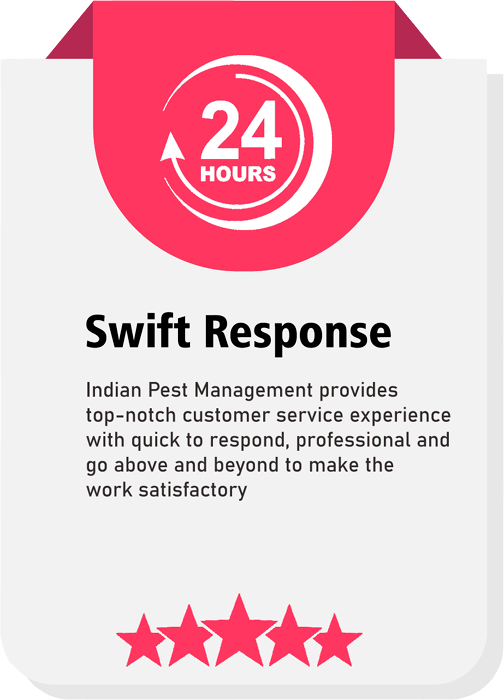




Why are flies such a threat?
When you see flies in your house, it is a symptom of unsanitary circumstances since they may transfer diseases such as diarrhoea, cholera, and dysentery to your family.
Flies have spongy mouthparts and spurs on their bodies, which allow them to transmit a large number of potentially harmful pathogens from filthy rubbish to your meal. Rather than swallowing their stomach contents, house flies vomit them over your meal in order to liquefy it before eating it. They can also contaminate food and surfaces by defecating on them, which is dangerous. Following their first landing on your meal, they travel over it, contaminating it with microorganisms that might cause sickness.
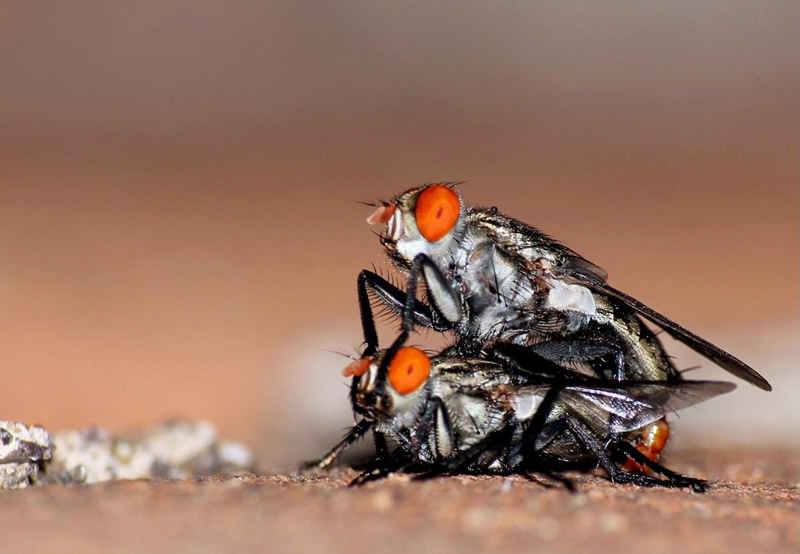
How do flies get access to your home?
Openings in doors or windows with no screens, open waste bins, manure pits and ripening fruits bring flies into the home. Spilled aerated beverages and opened containers of alcohol also attract flies. Adult flies deposit their eggs on damp surfaces, fissures, corners of washbasins, and the inside of sink pipes.
India’s Most Trusted Pest Control Company
9897206206
Fly Control
Indian Pest Management (IPM) supplies you with the most effective Fly Pest Control Service with a rapid, safe, and effective solution that is also stress-free. In order to control the flies in your house, we rely on modern therapies.
INDIAN PEST MANAGEMENT uses chemicals and tools to get rid of flies. To get rid of flies, we use long-lasting chemical pesticides.
In addition, we also bait flies because that is the best way to get rid of flies. We use a bait that stays active even when it’s wet to attract and kill flies. Fly control bait can only be used outside. It helps to kill a lot of flies at once.
Insect Light Traps (ILTs) are also installed by our team to attract and trap flies inside. When there are flies around, we use light traps to get rid of them. Blue and ultraviolet light draws them in.
ILTs and glue traps are good additions to outdoor fly control because these traps help us keep track of the fly population and find out what kind of infestation we have.
We also suggest that you keep an eye on your home and surroundings on a regular basis to make them less likely to become infested by fly. If you see fly or any other signs of termites, call Indian Pest Management (IPM) right away on 9897206206 or send us an email.
What steps can you take to keep flies away from your home?
Houseflies may not be a big deal, but they can carry diseases. There are a number of safe and simple methods for preventing or eliminating infestations.
Having flies buzzing over our heads may be quite irritating, and many of us notice flies infesting our houses throughout the late spring, summer, and monsoon seasons. They require moisture in order to develop from eggs. They enjoy feeding, breeding, crawling, and resting on decaying waste, filthy dumps, corpses, and dung heaps, among other things.
- Inspection, cleanliness, and exclusion are all critical components of preventing fly infestations. Inspection identifies the source of the infestation and breeding places, enabling cleanliness. Other means of control are more successful when combined with sanitation.
- To keep flies at bay, it is important to discard rotten food and sanitise waste disposals.
- Maintain sealed containers for rubbish, such as trash bags and/or cans with a tight-fitting cover.“
- Maintain dumpsters that are clean and away from structures.
- Exclusion follows inspection and cleanliness. Effective fly management requires closing doors, windows, and vents, as well as screening and sealing fly access locations.
- Utilize an exhaust fan and air curtains to direct air away from doors and to keep insects out. For more assistance, contact a pest control specialist.
Visit Us
Anand Ashram, Opposite Rishikul Ayurvedic College, Haridwar
Message Us
Get an Online Quote
Get Started
